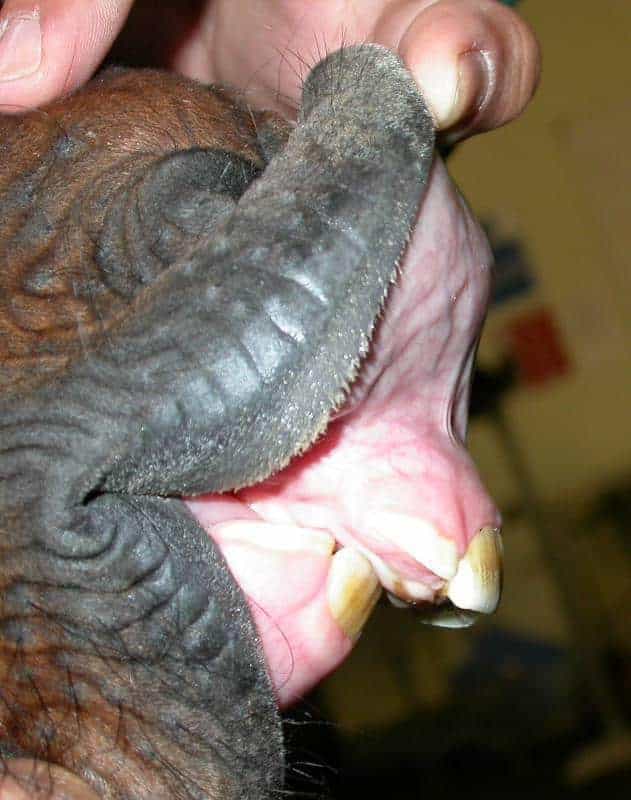New Imaging Technique for Parrot Mouth in Foals

An overjet—also known as “parrot mouth,” in which the top incisors are more advanced than the bottom incisors—can create health and welfare issues in horses, say German researchers. Surgically implanted “braces,” essentially a wire over the top teeth, can correct the issue. However, by X raying foals’ heads in exactly the same position several times over their first year of life, scientists can follow jaw growth and gain clues about whether affected foals need surgery.
“The main issues with overjet are chewing problems and improper grazing, which can lead to weight loss,” said Natalia Domanska-Kruppa, DrMedVet, of the University of Veterinary Medicine in Hannover and the Lewitz Stud, Neustadt-Glewe, Germany.
“Riding horses with overjet have bitting problems, which makes them uncomfortable when ridden,” she added
Create a free account with TheHorse.com to view this content.
TheHorse.com is home to thousands of free articles about horse health care. In order to access some of our exclusive free content, you must be signed into TheHorse.com.
Start your free account today!
Already have an account?
and continue reading.

Written by:
Christa Lesté-Lasserre, MA
Related Articles
Stay on top of the most recent Horse Health news with














